Cultural Corner
I’ll Take the A-Train
By Angela Shaw
There was a time when trains were the main mode of long-distance transportation; the high-tech alternative to horse power. The steel leviathan’s golden era of dining cars offered linens, dishware and multiple culinary choices. Back then there were also spacious sleepers and game cars.
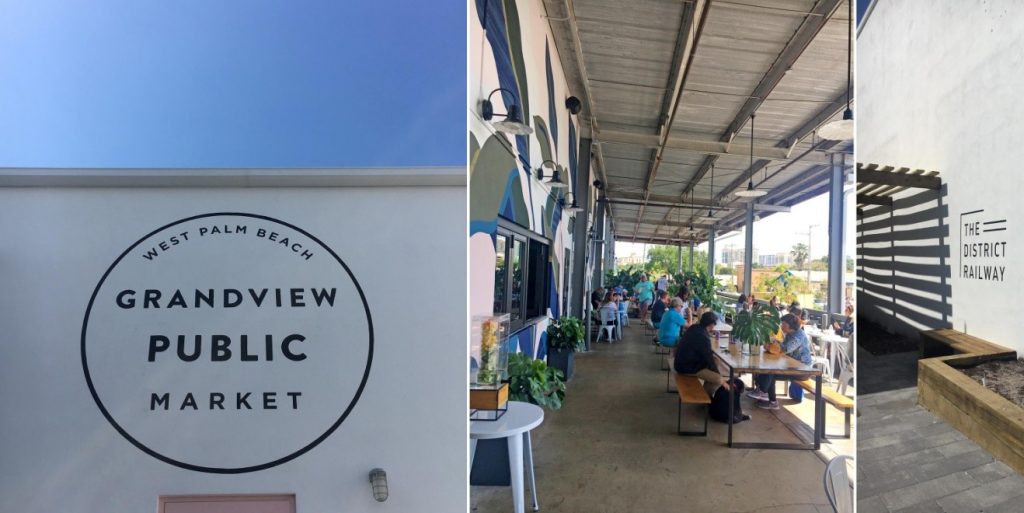
These days we all bring our own hand-held games when traveling, dining cars look like tubes on wheels serving a small selection of overpriced convenience meals, and sleepers are the size of closets.
Personally, I think the dining car on the Amtrak—aka, the A-Train, because this isn’t Manhattan—gives the best view of Florida’s cross-state journey, which is where I now sit typing this month’s column.
The engine slows into a remote yard. A city of metal-sided warehouses with sagging roofs and broken windows declare that the depot flat-lined decades ago. A pyramid of Caribbean-colored oil drums stacked on their sides and railroad-tie graveyards are all that remains of this ghost town. We sidle next to an army-green tank car. Another line whizzes by, we accelerate.
Neighboring conversations distract my writing, but add to the trip’s appeal. A lady recalls the glory days of rail travel. A loud Australian couple chomping on chips and chicken sandwiches bark out a kind of Ted-talk on the New Zealander/Aussie national rivalry. New Zealanders consider themselves superior because they didn’t originate from a community of convicts, he explains. This Aussie couple touts their lineage to the second fleet of prisoners that Britain exported when their jails got too full. Followed by the quick disclaimer that no serious criminals were ever transferred—the murderers were quickly hung in the mother country. Just those of the misdemeanor type went down under. Whew! I was beginning to rummage for my pepper spray.
Besides the entertaining conversation, there’s no better way to enjoy the rhythms of countryside. Cattle—Look! A russet-colored calf!—rows and rows of orange trees, a stray farm or factory, fences, canals and more citrus fields. Non-stop rain has greened up the pastures where cows looking like black dots contentedly graze. Cotton-ball clouds create strange shadows on the serene expanse. Spring wildflowers preen their final ensemble before the summer mid-state sun bleaches their lemon-yellows and lavenders.
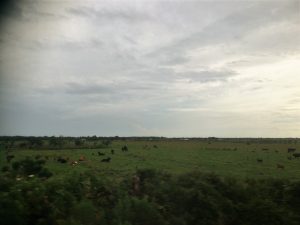
A brassy, southern accent wearing bright blue eye shadow crashes my reverie in decibels heard four cabs down. Her ex-bartender whisky croaking is lobbed back by the Aussie woman’s cockney-accent—a cacophony of butchered English requiring an interpreter almost. Her husband doses after his carb-laden lunch.
But, what does all this have to do with Around Wellington Magazine and Arts and Culture? Despite decreased use, the train culture has shaped, and is still shaping today’s culture with new lines popping up and old stations being renovated into hip galleries and eating spots.
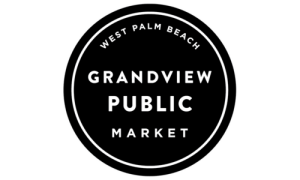
Visionary investors on Florida’s east and west coast have been buying up decayed ship yards, defunct factories and out-of-commission rails and turning them into attractive community hang-outs.
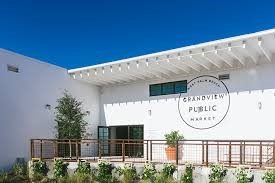
The Grandview Public Market between Parker Road and I-95 is just such a place. Gravel-filled tracks have been transformed into walkways that connect patrons to cool breweries, unique shops, and unusual eateries. Dubbed the Warehouse District, its atmosphere bubbles with the history of freight transfer, bustling passengers, crowded platforms, and whirring factories. Strolling and dining at the Grandview Public Market layers yesterday’s commerce and humanity with the present-day.

Here’s how the GPM website describes the District:
Showcasing twelve chef-inspired vendors, GPM raises the city’s cultural profile with innovative cooking and dining in a meticulously renovated 13,000 sq. ft. epicurean playground. Guests enjoy an all-in-one experience seven days a week—breakfast, lunch, and dinner.
We believe the buildings that comprise the District are at the heart of the vision. Built between 1925 and 1968, each building tells its own story and offers its own authenticity and character. From loading docks, to column’s and domed wood-trussed ceilings, these buildings are works of art and part of the fabric of West Palm Beach’s industrial past.
After my Tampa mother-daughter beach weekend, I find myself waiting for the train in another dilapidated-building-turned-hot-spot called The Oxford Exchange. Portraits of great people peer over my latte and almond croissant. Inspired, one feels for a moment they might rise to the same stature as Teddy or Winston or Amelia or Virginia just by their mere proximity. But, as the caffeine high wears off, reality asserts that talent and tenacity, and typing are the only vehicles by which one might hope to move in their direction.
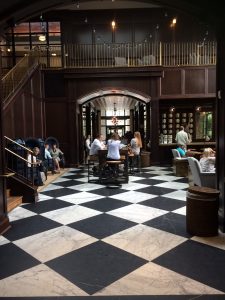
The Exchange features a bookstore, optical purveyor, kitchenware store, as well as an airy atrium restaurant where visitors study in tufted high back chairs or hover over laptops on farmhouse tables.
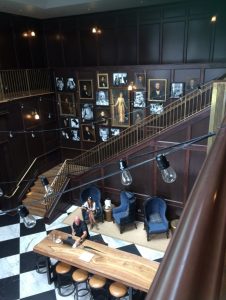
After a quick downtown shuttle, I step into the Tampa Union Station to await the A-Train to West Palm. The cathedral-high ceilings generate a reverent sense of awe. Long smooth wooden pews, reminiscent of the kind I filled growing up Baptist, are packed with lounging customers. I pick a seat next to a man reading an issue of Trains Magazine. “Ah, more material for my article,” I think. His name is Kemmer and he is aptly seated in this church-like station, a true railroad worshipper in his hallowed halls. Kemmer is traveling to West Palm for the sole reason of riding the Bright Line to its newest destination, Miami. “You gotta do your thing, you know?” he says. Trains are definitely his thing. A few months ago, he made the same pilgrimage to experience the line’s opening to Fort Lauderdale.
In West Palm, you can hear the new whistle at Sub Culture Coffee on Clematis or over a macchiato at Johan’s Joe. The Bright Line’s super-speedy locomotive goes from West Palm to Miami and, soon, to Orlando. I’m guessing Kemmer will be there for that inaugural ride.
If you missed the A-train or simply can’t make the trip, get your ticket to Grandview Public Market. Jump on the latest rail yard trend. An artisan taco, European brew or rolled ice cream awaits you. View the galleries. Stroll the graveled rails. Ride the modern-day train revival.

